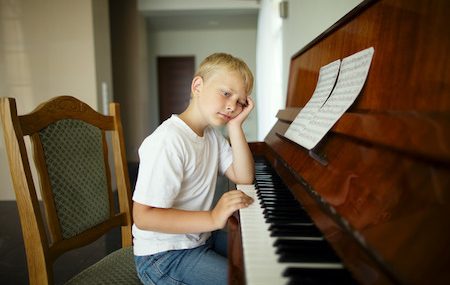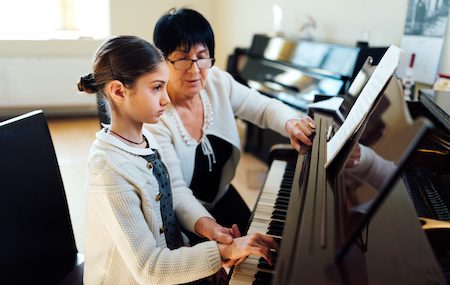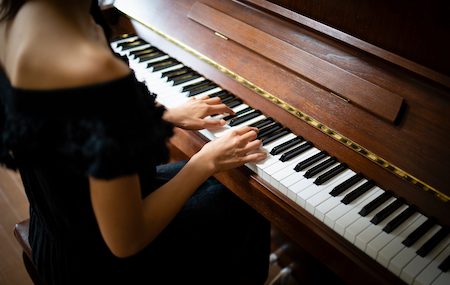One of the most common questions we are asked when a customer stops into our store to compare the various models of pianos is:
Upright or grand piano, which is the better choice to suit our needs?
And we get it. The two appear distinctly different.
On the most basic level, the pianos are designed differently for spatial needs. A grand piano is going to take up considerably more space.
But the most obvious difference is in the way each piano projects sound. Grand pianos are used in concert settings because of the way they move sound.
An upright works differently than a grand at producing sound.
With an upright, the hammer strikes a string from a vertical position. It relies on tapes and springs to make the action work flawlessly each time.
With a grand, the hammer connects with the string in a horizontal position, relying on gravity to bring it back down into its resting place.
That difference is what creates a cleaner sound. If you play a note repeatedly on an upright, you can hear the lack of connection as the hammer tries to keep up with the action. If you perform the same maneuver on a grand piano, you’ll have quicker response time, meaning you’ll note a difference in the sound.
Of course, some manufacturers have worked on limiting this response time on an upright. They use various setups and materials to return the hammers to their original position faster, giving the player more flexibility when creating music.
To decide which is better for you, it often is determined by what you’re looking for when you play. If space is limited, an upright may be your only choice. If you’re looking for something to fit within the space inside your home, you may have an idea in mind.
Both uprights and grand pianos can make beautiful additions to any home. It comes down to the sound.
Want to test several pianos and find the right one for you? Stop by today.











